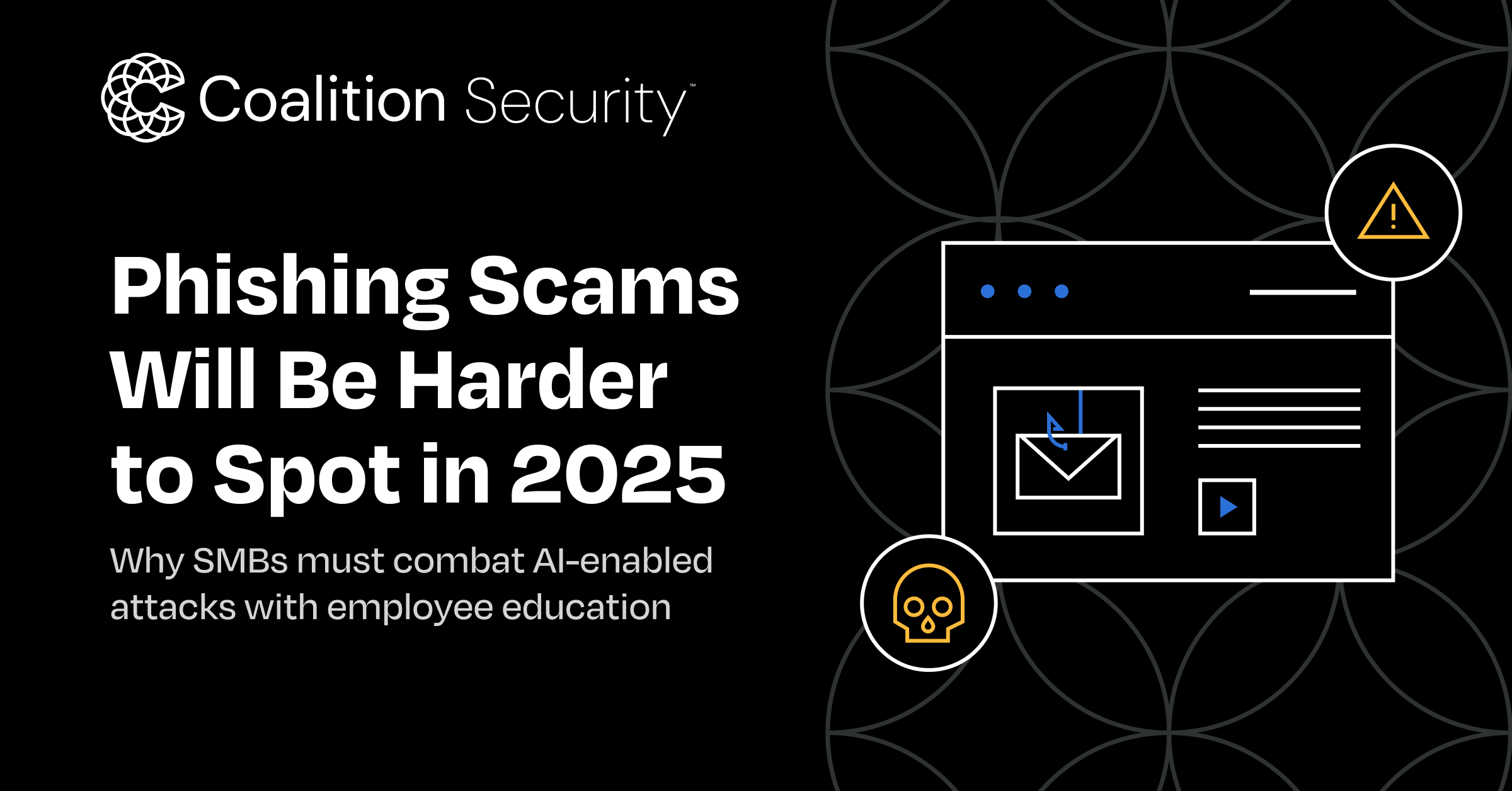Cryptocurrency scams are evolving fast, and 2025 isn’t shaping up to be any safer. With fraudsters now using advanced AI technologies and increasingly convincing tactics, staying informed is more important than ever. Scammers are targeting investors with schemes that mimic legitimate platforms, playing on trust and the promise of high returns. By recognizing red flags and understanding their methods, you can better protect yourself in the crypto space. Learn the key scams to watch out for and how to avoid becoming a statistic. Explore related online scams and protective measures here.
The Impact of Cryptocurrency Scams in 2025
Cryptocurrency scams are growing at an alarming rate in 2025, driven by new technologies and greater adoption across all levels of society. These scams don’t just impact finances—they erode trust and slow the possibilities of digital assets transforming our economy. To better protect yourself, it’s essential to understand why these scams are surging and which groups are at the greatest risk.
Why Scams are Increasing
Cryptocurrency adoption has exploded in 2025, with more businesses and individuals integrating digital assets into daily transactions. While this growth opens up exciting opportunities, it also attracts fraudsters eyeing a fast payday.
One major driver of scams is the rise of Decentralized Finance (DeFi). DeFi platforms often promise high yields but operate without traditional oversight, becoming a breeding ground for fraud. Additionally, AI technologies are heavily exploited, enabling scammers to create deepfake videos, forge identities, and launch phishing attacks that seem disturbingly legitimate. Experts warn that this confluence of cutting-edge technology and unregulated markets creates a perfect storm for fraud. According to Chainalysis’ 2025 Crypto Crime Trends, losses due to crypto scams could reach unprecedented levels this year, expected to outpace the $3 billion reported in 2024.
Scammers are also manipulating social trust via platforms like Instagram and TikTok to lure victims with stories of massive returns. This is a stark reminder that no platform is immune to manipulation, particularly when fueled by sophisticated AI tools. As CryptoSlate highlights, nearly 40% of scams in 2025 are projected to involve AI-generated content. It’s clear that the landscape for crime is accelerating alongside technological advancements.
For insights into online fraud prevention, check out these strategies against common scams.
Who is Most at Risk?
Not all cryptocurrency users face the same level of threat. Scammers often pinpoint groups they perceive as easier targets, combining psychological manipulation with advanced tech.
Older Adults: This group tends to have less experience navigating digital platforms, making them vulnerable to unrealistic investment promises. Scammers often approach them via seemingly innocent emails or calls, playing on trust.
New Investors: With the crypto market booming, many inexperienced users are diving in without proper education. Fraudsters capitalize on their lack of knowledge, often enticing them to send money to fake wallets or platforms.
Social Media Users: A significant number of crypto scams originate on Instagram, Twitter, and even LinkedIn. Scammers forge profiles of influencers or business professionals to win confidence and collect funds.
NASAA recently flagged cryptocurrency schemes alongside social media scams as among the top investor threats for 2025 (Investment News report). This emphasizes the need for vigilance, especially when dealing with unknown entities online.
Understanding these risks can empower you to avoid becoming a victim. Ask yourself consistently: Does this offer seem too good to be true? The answer could save you thousands of dollars.
Top Cryptocurrency Scams to Watch Out For
The cryptocurrency world is booming and while that’s great for innovation, it’s also a magnet for scams. Fraudsters are constantly crafting schemes to exploit the unwary, and with the crypto space becoming increasingly complex, staying safe requires awareness of their tactics. Below are some of the most prominent scams threatening investors in 2025.
Fake Initial Coin Offerings (ICOs) and Token Sales
A fake ICO lures investors by promising huge returns on a new cryptocurrency project, only to vanish once funds are collected. These scams often feature professional-looking websites, fictional team members, and unrealistic promises. For example, in 2024, the “DeFiGoldX” ICO turned out to be entirely fraudulent, duping investors out of millions before disappearing. To avoid falling for such scams, always verify the team behind an ICO and check sources like whitepapers for legitimacy. For more on how to stay vigilant, this insightful guide is a great starting point.
Pump-and-Dump Schemes
Pump-and-dump schemes involve artificially inflating a cryptocurrency’s value through misleading promotions or false hype, only for the perpetrators to sell their holdings once prices spike. This leaves unsuspecting investors holding the bag as prices collapse. These schemes often arise in lesser-known altcoins with low liquidity, making them easier to manipulate. The financial consequences can be devastating, eroding investor trust in the entire marketplace. Read more about how these scams operate here.
Phishing Attacks Targeting Crypto Users
Phishing remains a huge problem in the cryptocurrency space. Scammers send fake emails or create counterfeit websites mimicking trusted platforms to harvest sensitive information like private keys. For example, fake versions of popular exchanges like Binance frequently crop up, tricking users into unknowingly handing over their credentials. To protect yourself, always double-check URLs and use two-factor authentication wherever possible. If you’re unsure about identifying scams, learn more about phishing tactics here.
Rug Pulls: Exit Scams in Crypto Projects
Rug pulls are a particularly malicious type of scam where developers vanish with funds after driving hype around their project. Typically, these schemes involve fraudulent DeFi or NFT tokens. One notable example in late 2024 was the “Moonlight Yield” project, which drained $10 million from investors before abruptly shutting down. Always look for security audits and transparency in a project’s team and codebase. Scams like these emphasize the importance of research and due diligence before investing.
AI-Driven Impersonation Using Deepfakes
Advancements in AI have led to frighteningly convincing deepfake scams targeting crypto users. Scammers use AI-generated videos of celebrities or executives endorsing fake projects to gain public trust. In 2025, several incidents involved deepfakes of Elon Musk promoting bogus “investment opportunities,” which cost victims millions. The technology might look incredible, but always verify endorsements through official channels. This article does an excellent job of explaining how these scams are evolving with AI.
Staying up-to-date on these scams and their tactics is crucial for navigating the often perilous waters of cryptocurrency in 2025. Understanding their methods and warning signs is your best defense against becoming another statistic. For more on how to protect your investments, check out this resource on online safety.
How to Spot a Cryptocurrency Scam
With the rise of cryptocurrency adoption and investment in recent years, scams have become increasingly prevalent and sophisticated. Knowing how to identify these scams can save you significant losses and protect your personal information. Here are some key ways to spot cryptocurrency scams.
Unrealistic Promises and Returns
One of the easiest ways to identify a crypto scam is through offers of guaranteed high returns. Have you ever seen an ad or received a message claiming you can double or triple your money by simply investing? That’s a massive red flag. Legitimate investments always come with risks, and anyone promising “guaranteed returns” is likely trying to deceive you.
Here are some common phrases to watch out for:
- “Risk-free investment”
- “Guaranteed profit of [insert high percentage] per day/week/month”
- “Exclusive VIP membership for unlimited earnings”
Another sneaky method involves influencers (either real or fake). Scammers may use social media platforms to create trust by showing off luxurious lifestyles and claiming it’s all thanks to their crypto investments. Even if it looks credible, always do your own research before trusting such claims. For in-depth guidance on recognizing these signs, check out this helpful resource about cryptocurrency scams.
Red Flags in Cryptocurrency Projects
Fake cryptocurrency projects are one of the most profitable scams for fraudsters. These scams often launch with professional-looking websites, fake team members, and glamorous marketing campaigns. But once they gather enough funds, they disappear without a trace—this scam is often referred to as a “rug pull.”
Here’s how you can spot fake projects:
- Limited Transparency: Check if the project lacks a clear roadmap, technical whitepaper, or identified team members. Fake projects intentionally avoid disclosing detailed information.
- Too Good to Be True Claims: If a new token claims to revolutionize the blockchain industry without providing concrete mechanisms, consider it suspect.
- Social Media Red Flags: Are their Twitter followers mostly bots or inactive accounts? A lack of genuine engagement often hints at foul play.
Before investing, take your time to verify a project’s details independently. Browse credible sources like forums or community reviews to see what others are saying. Explore more fake project warning signs. Additionally, avoid investing in projects without a verifiable track record of longevity, audits, or reputable partnerships.
Recognizing Fake Wallets and Apps
Counterfeit wallets and apps are designed to lure users into divulging their private keys or transferring funds directly to scammers. They often mimic legitimate wallets in such subtle ways that even an experienced user can be fooled. Over 50% of such scams involve fraudulent apps available on official platforms like the Google Play Store or Apple App Store.
Here are some quick tips to identify fake wallets and apps:
- Investigate Developer Credentials: Check reviews, download numbers, and the identity of the developer.
- Avoid New or Unverified Apps: Stick to well-known and officially recommended wallets.
- Examine Permissions: Be cautious of strange app permissions like access to your call logs or contacts.
Another danger lies in phishing attacks connected to these apps. A single careless click on a fraudulent ad can redirect you to fake versions of popular crypto platforms. Always verify URLs before entering sensitive details. A detailed article from Investopedia provides insights into avoiding app-based scams.
If you’re interested in learning other ways scammers act in cryptocurrency, head over to this informative guide for tips on safeguarding your investments.
By staying aware and cautious, you’ll be better equipped to spot scams and protect your funds in the ever-changing cryptocurrency landscape.
Protecting Yourself from Scams
Scamming practices in the cryptocurrency world have become increasingly sophisticated, making it essential to take proactive steps to safeguard yourself and your investments. Whether you’re a seasoned trader or new to the crypto space, knowing how to strengthen your defenses can prevent significant losses. Let’s explore some practical measures you can take.
Using Multi-Sig and Secure Wallets
When dealing with cryptocurrency, security starts with where and how you store your assets. Multi-signature (multi-sig) wallets are a fantastic tool for adding an extra layer of security to your transactions. These wallets require multiple approvals before any transaction can occur, which reduces the risk of funds being stolen in case one key is compromised.
Here’s why using reliable wallets is non-negotiable:
- Enhanced Security: With multi-sig wallets, even if one of your keys gets stolen, the hacker would need access to the others to move your crypto.
- Trustworthy Options Exist: Stick to well-established wallets like Ledger, Trezor, or MetaMask to avoid counterfeit wallets that might steal your funds.
- Backup Your Keys Properly: Store seed phrases in secure, offline locations like a hardware security vault.
Moreover, using wallets from companies with a track record of transparency and strong security protocols is critical. For insights into leveraging secure wallets and guarding against evolving threats, read How AI Is Transforming Online Fraud and How to Protect Yourself.
Keeping Personal Information Secure
Phishing attacks remain one of the most common ways scammers steal from unsuspecting victims. But a little caution goes a long way in protecting yourself from these attempts.
Actionable Tips to Secure Your Data:
- Avoid Sharing Personal Info: Scammers can gain access to your wallet and accounts by gathering personal data through phishing emails and fake websites. Double-check URLs and don’t click on suspicious links.
- Enable Two-Factor Authentication (2FA): Adding an extra layer of verification can stop hackers even if they have stolen your login credentials.
- Use Strong Passwords: Avoid obvious passwords like “password” or “123456.” Use randomly generated passwords stored in a secure password manager.
By being mindful and practicing good cybersecurity hygiene, you’ll significantly decrease your vulnerability to tactics designed to exploit your personal information. For more tips on phishing attack prevention, visit Phishing Scams in 2025: Alarming Trends and How to Stay Safe.
Avoiding Overhyped Projects
The crypto world is filled with projects making bold promises but delivering little substance. Overhyped tokens or platforms often use flashy marketing campaigns and celebrity endorsements to lure investors. But you should always evaluate the fundamentals before parting with your money.
Ways to Spot and Avoid Overhyped Projects:
- Research Team Members: Do the founders have a credible track record? If you can’t verify their identities or expertise, proceed with caution.
- Check for Audits: Reliable projects typically conduct independent security audits and are upfront about their code. Lack of transparency is a red flag.
- Beware of Pumped-Up Marketing: If a platform sounds too good to be true, it probably is. Look beyond the hype and evaluate if the underlying technology offers real value.
By staying true to the basics—thorough research and a healthy dose of skepticism—you can steer clear of get-rich-quick schemes that only end in losses. Learn more about avoiding overhyped projects to safeguard your investments.
Taking these steps doesn’t just protect your finances—it creates peace of mind in an otherwise unpredictable crypto landscape. Stay informed and always question the legitimacy of what you’re getting into. For more best practices, consider reviewing What To Know About Cryptocurrency and Scams.
Conclusion
Cryptocurrency scams in 2025 are smarter and more deceptive than ever, targeting both newcomers and seasoned investors. Staying informed is your best line of defense against the evolving tactics of fraudsters.
Investing time into researching projects, securing your digital wallets, and recognizing red flags could save you from substantial losses. Always question promises of guaranteed returns and avoid offers that seem too good to be true. Protecting your assets doesn’t have to be overwhelming—simple measures like enabling two-factor authentication and verifying information can make a big difference.
By staying vigilant and proactive, you can navigate the cryptocurrency landscape confidently. For further tips on safeguarding your investments, check out Online Earnings in 2025: Risky Platforms to Avoid and How to Spot Them. Together, let’s keep the crypto space safer for everyone.






